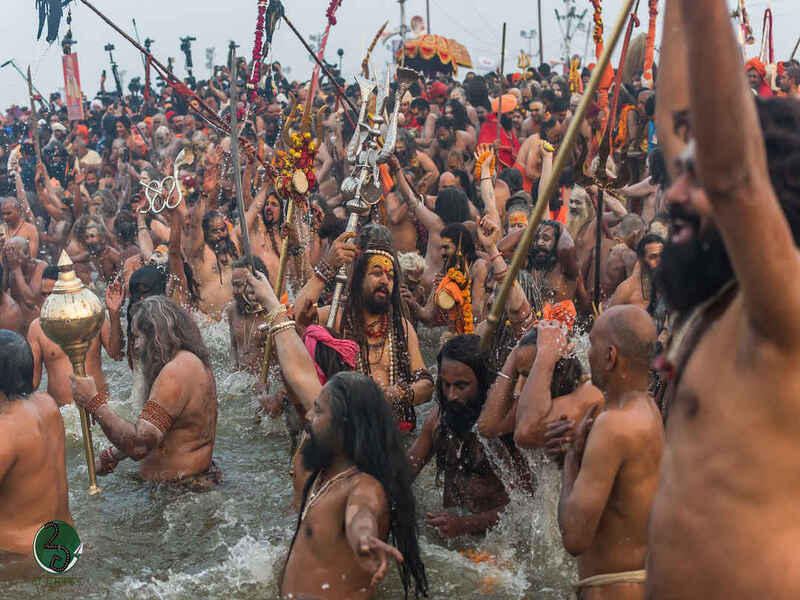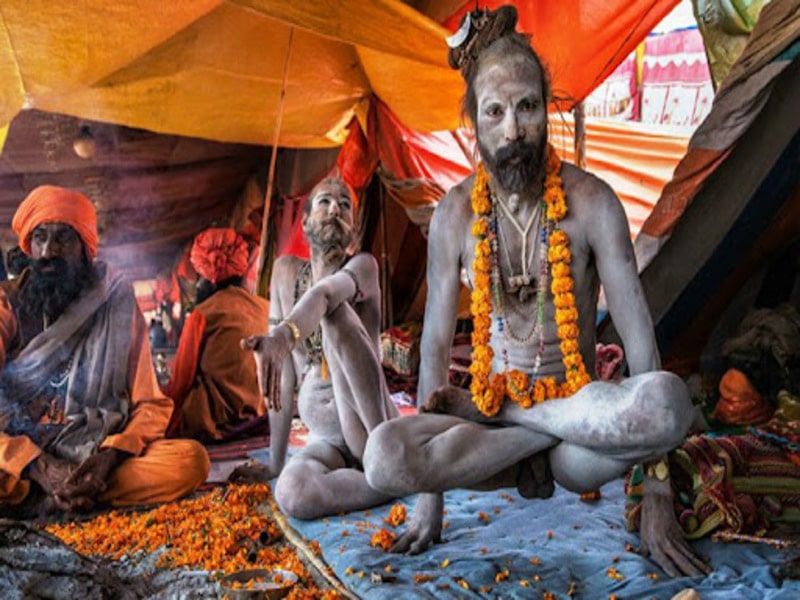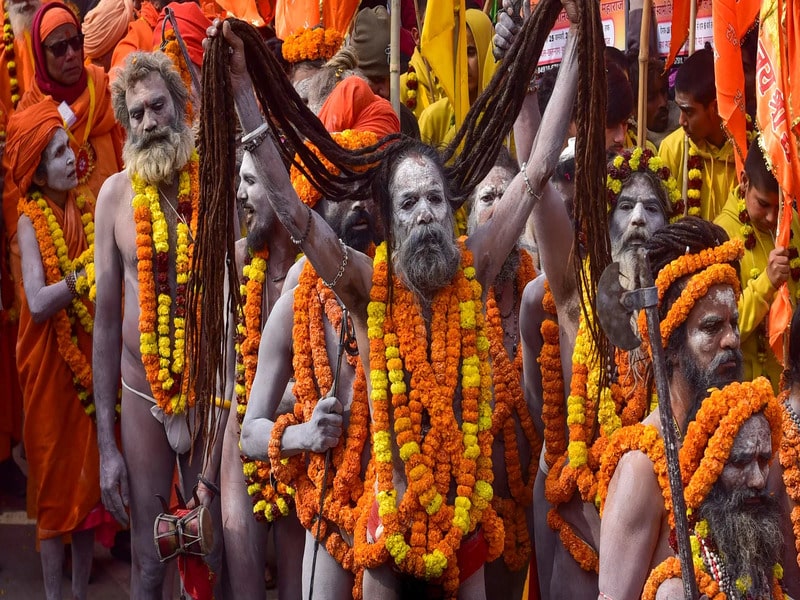The grand spectacle of Maha Kumbh is currently underway, drawing millions of devotees, saints, and spiritual seekers from around the world. This sacred festival, held every 12 years in Prayagraj, Haridwar, Nashik, and Ujjain, is the largest religious congregation on Earth. Among the most fascinating and revered participants of the Maha Kumbh are the Naga Sadhus—the ascetic warriors of Hinduism. Their mystique, devotion, and unique way of life make them a subject of intrigue for many. But who exactly are these Naga Sadhus, and where do they reside? Let’s explore their world.

Who Are Naga Sadhus?
Naga Sadhus are an ancient sect of Hindu ascetics belonging to the Dashanami Akhara, a monastic order established by Adi Shankaracharya in the 8th century. These sadhus renounce worldly pleasures, dedicate their lives to spiritual pursuits, and live an austere life. They are often seen with ash-covered bodies, matted hair, and no clothing, symbolizing their detachment from material existence.

Naga Sadhus follow the path of deep meditation, yoga, and severe penance, believing in the philosophy of self-realization and the pursuit of moksha (liberation). They are also known for their fierce warrior spirit and were historically trained to protect Hindu dharma during times of turmoil.
Where Do Naga Sadhus Reside?
Unlike regular monks who may live in monasteries or ashrams, Naga Sadhus prefer isolated locations such as Himalayan caves, dense forests, and remote temples. Many of them reside in Akhadas (spiritual camps), which serve as their training centers and places of religious practice. These akhadas are primarily found in pilgrimage cities like Varanasi, Haridwar, Prayagraj, and Ujjain.

During the Maha Kumbh, these reclusive saints emerge from their secluded dwellings and participate in the Shahi Snan (royal bath) in the holy rivers, a sight that draws millions of spectators. Their presence is considered highly auspicious, and devotees seek their blessings during the festival.
Also Read: Reasons Why Women Can’t Attend Funerals Or Cremation Ceremonies
The Life and Practices of Naga Sadhus
1. Rigorous Initiation: Becoming a Naga Sadhu is a long and intense process, often taking years of training under a guru. The initiation process includes undergoing extreme penance, detaching from worldly ties, and performing sacred rituals.

2. Austere Lifestyle: They own no material possessions and survive on alms, practicing deep meditation and physical endurance exercises.

3. Martial Training: Historically, many Naga Sadhus were warriors who protected temples and religious sites. Even today, they practice ancient martial arts.

4. Spiritual Knowledge: Despite their rugged appearance, they pose deep Vedic knowledge and are well-versed in Hindu scriptures.
Also Read: How To Predict Your Baby’s Gender

The Naga Sadhus remain a symbol of spiritual resilience and devotion, showcasing a life completely detached from materialism. Their presence in the Maha Kumbh adds to the grandeur of the festival, reminding devotees of the eternal pursuit of enlightenment. While they may seem mysterious to outsiders, their commitment to spiritual awakening makes them an integral part of Hindu traditions. Whether in the sacred rivers of the Kumbh or the solitude of the Himalayas, the Naga Sadhus continue to uphold the legacy of renunciation and devotion, inspiring generations to seek a higher purpose in life.